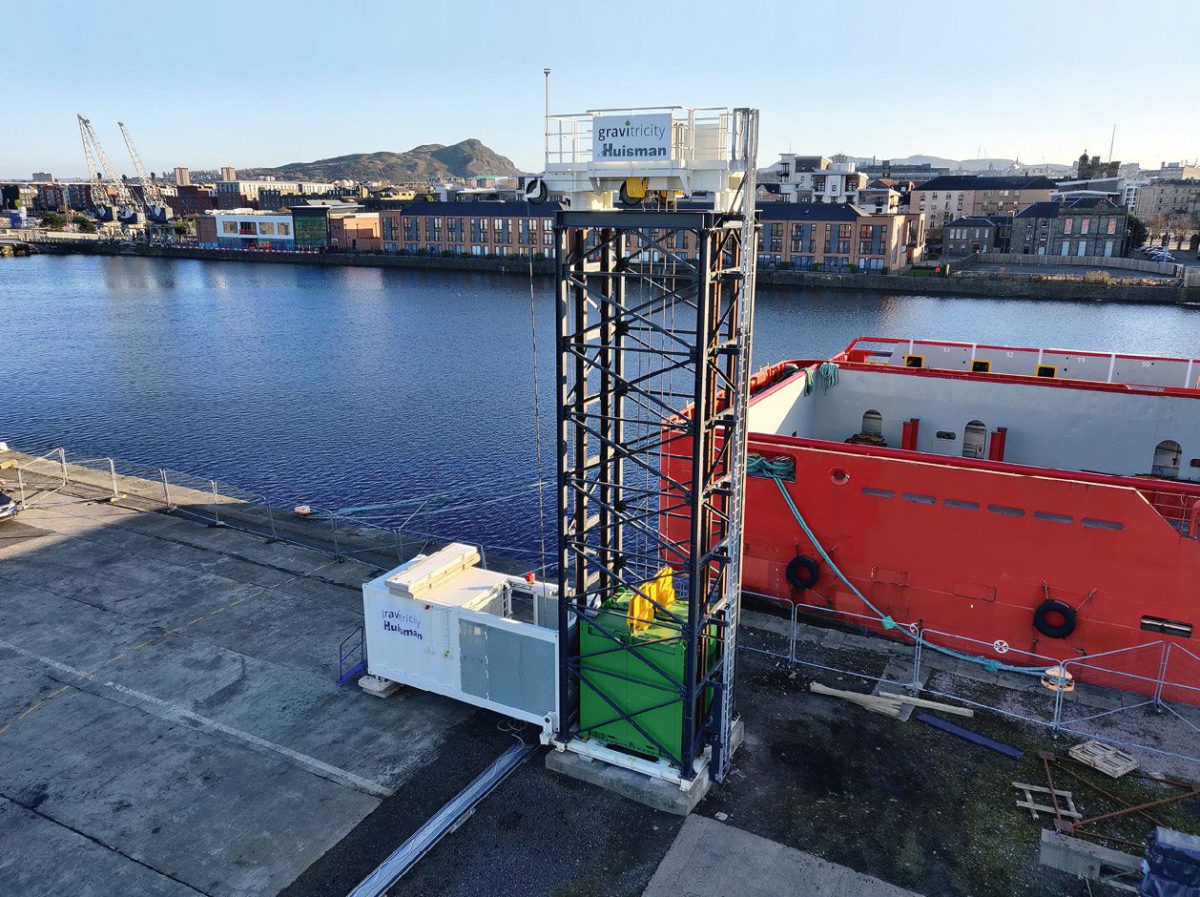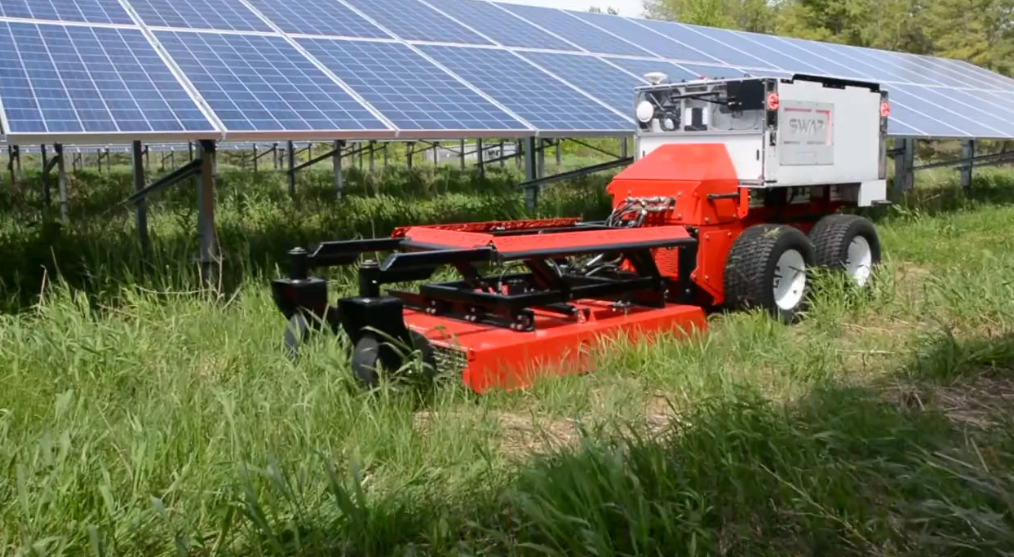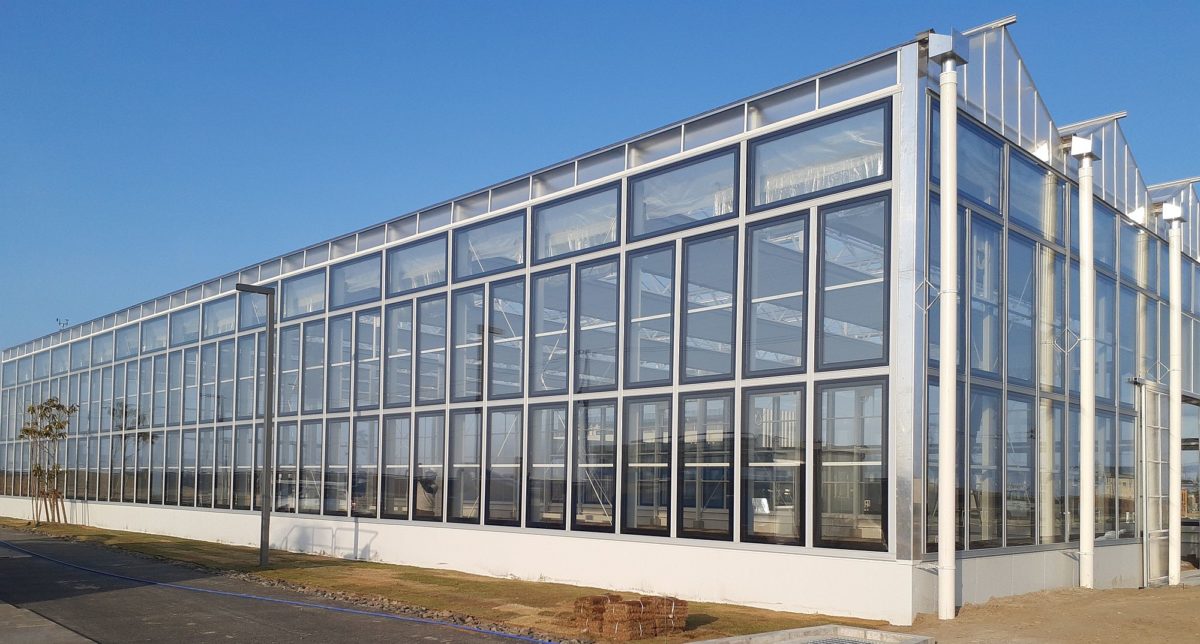https://www.pv-magazine.com/2023/03/04/weekend-read-light-weight/
Light weight

This successful 250 kW demonstrator project in Edinburgh featured a 15 m tower in which two 25-ton weights were tested for speed of response.
Photo: Gravitricity
From pv magazine 02/23
The potential energy in the apocryphal 17th-century apple that hit Isaac Newton’s head helped generate his theory of gravitation. It wasn’t until the early 20th century, however, that the first major gravity-based battery was developed in Switzerland, a pumped-storage hydroelectricity system.
A “gravity battery” stores the potential energy of a material or liquid using height and weight. With pumped hydro, water is pumped to the higher of two reservoirs when energy is abundant, to later be discharged downhill through a turbine.
Pumped hydro is the most common utility scale storage technology and, according to Australian National University Professor Andrew Blakers’ review in Progress in Energy, comprises 96% of global storage capacity and 99% of storage energy volume.
Holy grail
While lithium-ion batteries and other electrochemical systems have conquered short-duration energy storage, their costly raw materials cannot provide the long-duration energy storage (LDES) needed for the energy transition. Only LDES can entirely cover the intermittent cycles of solar and wind power, filling in gaps for 24/7 renewable energy. Analyst McKinsey & Company projects LDES technology could amount to 1.5 TW to 2.5 TW of capacity by 2040.
Pumped hydro, though, requires significant capital and infrastructure and is limited to topography suitable for reservoirs at different elevations. Projects also have big environmental impacts. Those limitations are driving innovation in gravity battery development, and Oliver Schmidt, an Imperial College London researcher and founder of research hub Storage Lab, describes scalable LDES as “the holy grail.”
The main requirement of gravity batteries is weight, and that can come cheap. “This is why I think gravity-based storage can play a huge role, if someone can find a way to copy the pumped hydro concept in a more distributable way,” Schmidt says.
Energy Vault
Switzerland’s Energy Vault may be furthest down the track. In March 2022, with US-based Atlas Renewable Energy and a $50 million stake from South Korean smelter Korea Zinc, Energy Vault began a 25 MW/100 MWh project near Shanghai.
The initial “EVx” system sought to raise 30-ton blocks using a six-arm crane. Energy Vault Chief Commercial Officer Marco Terruzzin tells pv magazine the system evolved to look more like a multi-story car park, with 35-ton blocks instead of cars, each moving systematically to store and release energy.
Energy Vault and Mexican cement business Cemex developed blocks which can use local materials including soil, recycled coal ash, waste mine tailings, or dead wind turbine blades.
Robert Piconi, co-founder and CEO of Energy Vault, reports a “very positive” reaction in China and says Atlas plans up to 6 GWh of Energy Vault gravity storage there. The Swiss business is building an 18 MW/36 MWh system in Texas, with Italian energy company Enel Green Power, that is expected online in the summer.
“I think gravity [batteries] will play a larger role for the longer duration market,” says Piconi, even if “there really aren’t that many gravity energy storage companies in the market producing at scale. There are four or five other gravity companies but none have really progressed past initial seed or government grant funding. So there’s a lot more work to do.”
Depth charge
Scotland’s Gravitricity is going underground. Its GraviStore system wants to utilize ex-mine shafts for block-based storage. Gravitricity proposes using “MagnaDense,” a high-density aggregate material which is a proven industrial ballast.
Height and weight are the only variables in a gravity battery, says Gravitricity Commercial Director Robin Lane. “If you want to generate, store, and give back interesting amounts of electricity, you need to be dealing with weights in the hundreds of tons, and you need to be dropping those weights through a significant distance, at least 500 meters.”
The only cost-effective answer, Lane argues, exploits caverns or disused mineshafts. “By going underground, we’re doing it cost-effectively, by using existing infrastructure we’re doing it the right way,” he says. “There are hundreds, if not thousands of decommissioned mine shafts in the world. Hotspots include South Africa, Australia, Chile, and Europe, he says, adding, “It’s a really nice story, utilizing the old [coal] energy system for the new one.”
Energy Vault’s Terruzzin says such systems are bound by the dimensions of the mine.
Popular content
Gravitricity demonstrated a 250 kW pilot in Edinburgh, featuring two 25-ton weights, and wants to build a full-scale project at the Staříč mine in Czechia.The Czech project requires funding and, while Lane is confident of grants, Gravitricity is diversifying with a UK demonstrator for subterranean hydrogen storage, alongside structural engineer VSL Systems UK.
Energy Vault, too, is diversifying.
“Underground spaces are uniquely capable in potentially providing grid-scale energy storage,” says Lane. “We believe those capabilities extend beyond gravity.” The Scottish business’ H2 FlexiStore system involves digging steel-lined rock shafts near renewables sites and industrial hydrogen users to store up to 1,000 tons of compressed gaseous hydrogen per shaft. Lane tells pv magazine gravity storage in the shafts could also be possible.
Piston power
US-based Gravity Power proposes a gravity battery featuring a closed loop water-filled shaft in which a piston of reinforced rock is raised by pumped water and then lowered, driving water up a penstock and through a turbine.
Executive Thomas Mason says that the Gravity Power Plant requires neither varied-elevation reservoirs nor cables and winches. He says the levelized cost of storage for a 200 MW/1.6 GWh system generating for eight hours is less than a quarter of the 2020 figure for lithium-ion batteries.
Gravity Power is raising $10 million for a 1 MW demonstrator in a missile silo, with help from Inflation Reduction Act incentives. “It will demonstrate the overall concept and provide valuable data from operational testing,” says Mason.
South African scientists last month proposed a gravity battery combining Gravity Power and Gravitricity’s ideas. Stellenbosch University researchers suggest a linear electric machine system at disused mines, in which the machines vertically move solid masses or pistons. Stellenbosch researcher Morris Mugyema says “the energy capacity of a complete system is scaled up by adding shafts side by side, which makes it flexible and easy to add more capacity.”
The hills are alive
UK-based RheEnergise is sticking to pumped hydro principles with its High-Density Hydro system but with a fluid 2.5 times more dense than water.
Chief Innovation Officer – and professor of renewable energy at the University of Exeter – Richard Cochrane says that the company proposes “a closed-loop system,” featuring “environmentally benign fluid.”
Cochrane is keeping the composition of the fluid secret but notes it can be commonly sourced. “It’s just incredible how many more sites open up with the higher-density fluid so because the fluid is 2.5 times denser, you can use a hill that is 2.5 times smaller,” he says.
The RheEnergise system also requires smaller pipes and turbines and its size means it can be easily integrated with industry, mining, and population centers.
Cochrane says a demonstrator in Canada was a success and they’re now seeking a UK site. Initial projects will be twinned with hilltop solar or wind farms which could benefit from co-located storage. The professor says the liquid used could theoretically be denser without becoming too viscous for the turbines.
Weighing options
Australia’s Fortescue Future Energy and UK-based Williams Advanced Engineering’s “Infinity Train” gravity battery – highlighted in the November 2022 edition of pv magazine Global – involves a 2.5 km iron ore train using gravity braking to charge 70 MWh batteries as it descends from Fortescue’s Pilbara mine to ports. The batteries then have enough charge to drive the train back.
US-based Advanced Rail Energy Storage is exploring a similar, smaller concept to drive heavy blocks uphill.
As the energy transition looks to accelerate, the weight of expectation on innovators in the gravity storage space increases. However, there yet remains no clear contender to pumped-hydro’s heavyweight crown.
This content is protected by copyright and may not be reused. If you want to cooperate with us and would like to reuse some of our content, please contact: editors@pv-magazine.com.




